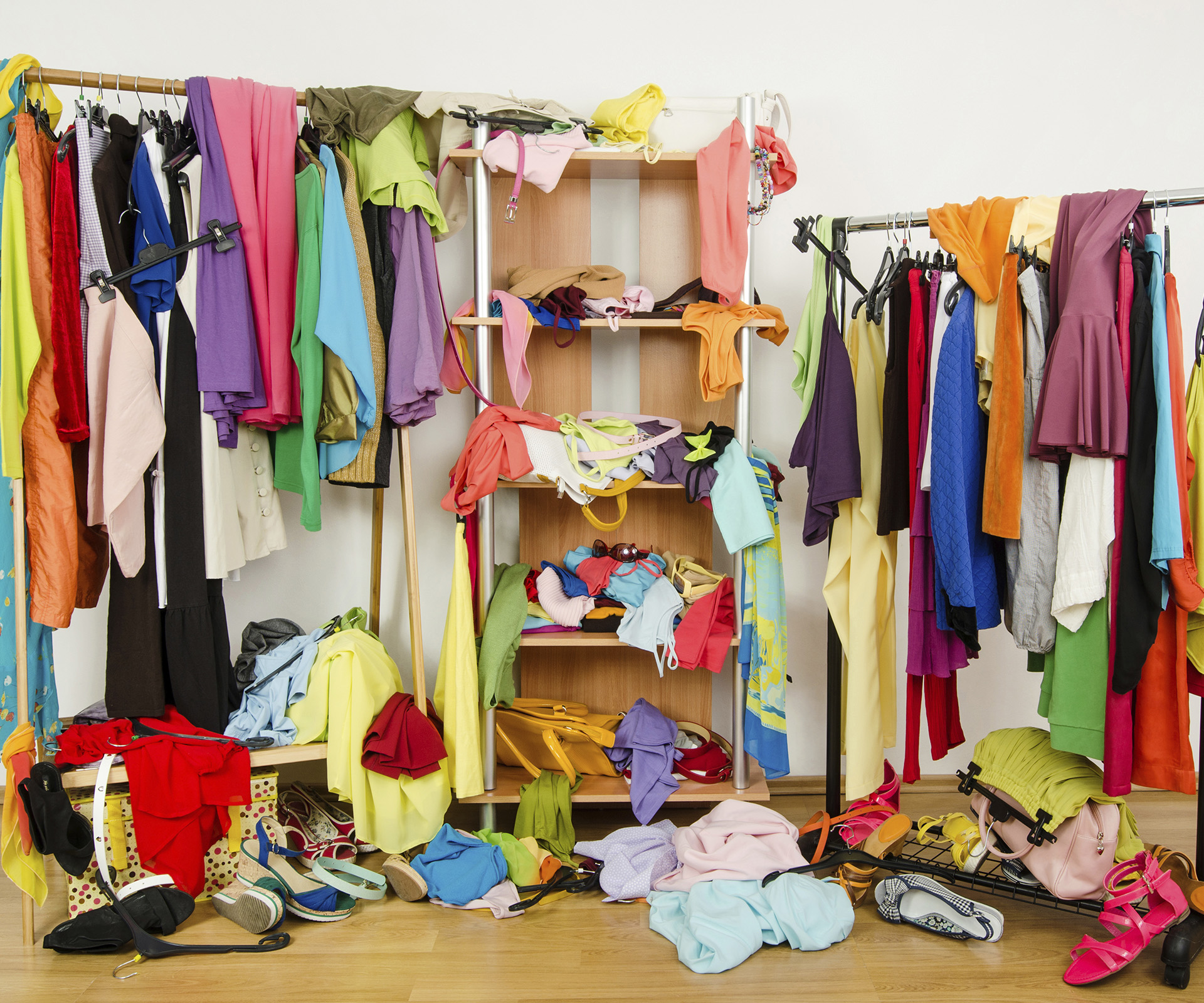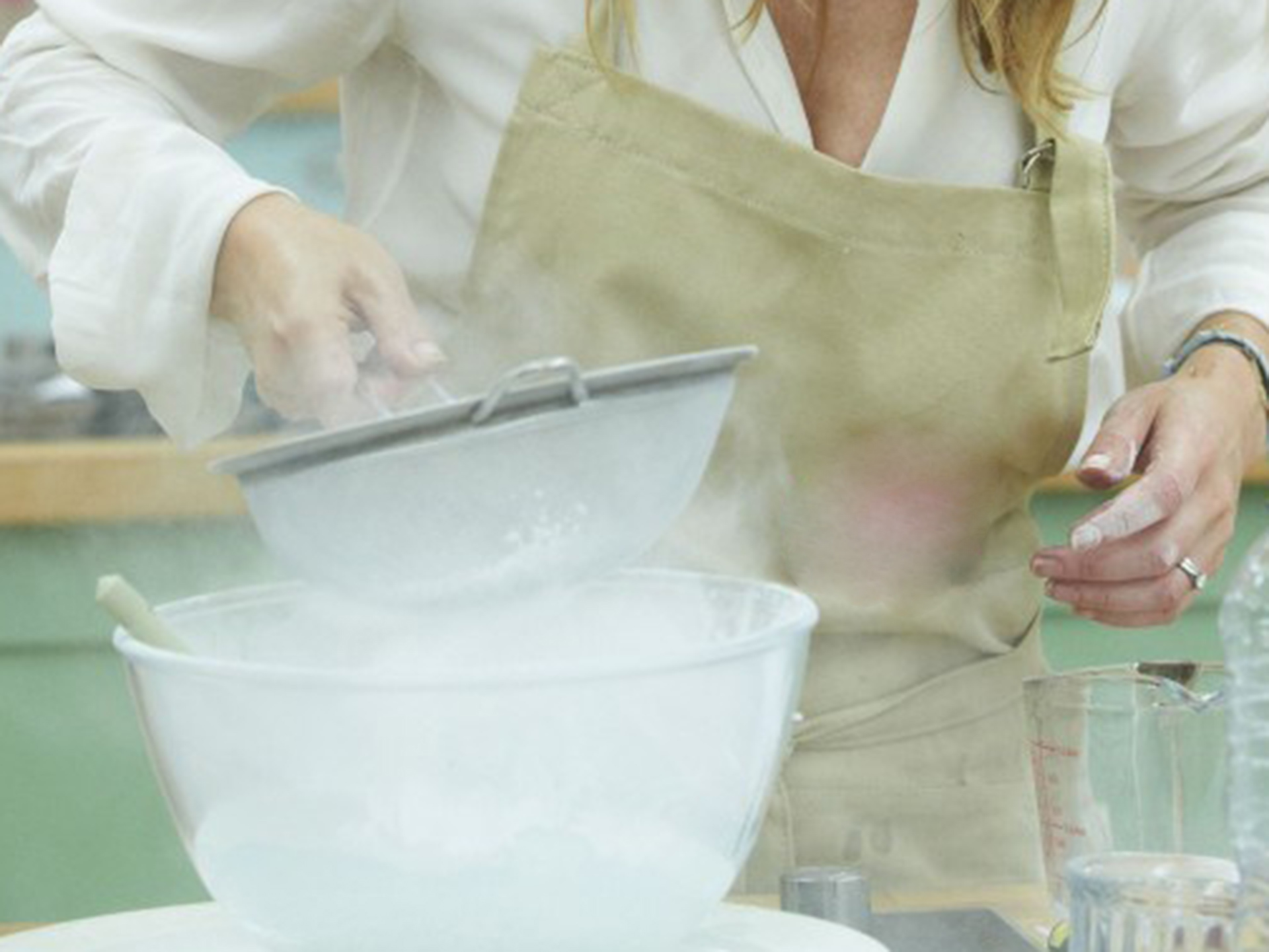Unruly stacks of papers, magazines, bills and letters lying on desks. Wardrobes and drawers crammed with clothes. Linen cupboards groaning with superfluous towels and sheets. Kitchen cupboards filled with mismatching crockery, unused gadgets and containers with missing lids. Old kids’ toys, unwanted gifts and redundant electronic items stuffed into storage areas. Out-of-date medicines languishing at the back of bathroom cabinets.
Does any of this sound familiar? Many of us are guilty of allowing clutter to accumulate in our homes, taking over valuable space and giving the impression of barely controlled chaos.
The problem is it tends to creep up on us and by the time we deem it a problem, there is an awful lot of material to sift through. And we’re too busy, so it’s easier to keep clearing the surfaces and shoving other things into cupboards.
Decluttering your home is often perceived as a time-consuming, confusing and overwhelming chore. Indeed, “I don’t know where to start”, is the most common complaint that professional declutterers, such as Lynne Trevail, of Sydney-based company Unstuff hear from their clients.
“People often tell me they are drowning in their belongings,” Lynne says. “They feel like they are suffocating.”
Where to begin
Decluttering, the experts say, is like losing weight. You need to decide on your goal or vision, find the motivation and put in steady work to get there. Sometimes, a personal trainer, aka a professional organiser, can help.
Declaring your problem area, such as the dining room, can be a good place to begin, says Tanya Lea, who runs Melbourne -based Declutterhome.
“For example, a lot of people can’t eat off their dining room table because it’s too messy and they might say, ‘I want to be able to eat dinner with my kids at the table’,” Tanya says.
Yet before you go enthusiastically pulling everything off the table, emptying cupboards and sweeping shelves – as anyone who has ever moved house knows, this can easily become overwhelming – take note: the key is to focus on one small area at a time. And working in short bursts prevents burn-out.
Next, it’s a matter of sorting your belongings into three piles: “KEEP”, “NOT SURE” and “CHUCK” (plus “STORE” if you have the space). If everything ends up in a KEEP mountain, you might benefit from some outside help.
“Our job is to question people as to why they are holding onto this stuff,” says Lynne, who says her job is more akin to a life coach. “It tends to be emotional things like clothing, which they might say they paid a lot of money for and haven’t worn enough, even though it’s no longer the right size and they bought it 20 years ago. Questioning them about it gives them an opportunity to loosen the bonds.”
Useful questions that you can ask yourself as you go (especially when re-evaluating the NOT SURE pile) might include: are you really going to read that book again? Do you have space for that object? Do you actually use that piece of gym equipment?
“It’s very logical,” says Tanya, who brings new interior design ideas into clients’ homes as part of her service. “When people get anxious, I’ll remind them of their vision for their house.”
And remember, stuff that’s in good condition from the NOT SURE and CHUCK piles can go to charity, which might make you feel better about giving it a new home.
If attachment to your possessions tends to cloud your judgement, says Lynne, choose an area that’s not emotional, like a bathroom. “Set the timer for 15 minutes, only do one drawer at a time, do the time and go away,” she advises.
“It’s small and often, rather than one really big job.”

Emotional territory
Once you move into emotional territory, some deeper introspection and lateral thinking may be required.
“I decluttered a woman’s house the other day,” says Lynne, “and she’d held onto all the school workbooks of her kids. I asked why and she said, ‘I feel guilty because I wasn’t there for them because I was working and I want them to know I care’.”
The solution was that she photographed the workbooks and kept one book from each year.
For women in particular clothing can become clutter, whether it’s keeping clothes that don’t fit anymore (because they might in the future), bad purchases that don’t suit us (it was on sale), or old things (maybe we’ll wear it while painting the house). Not to mention the ill-considered outfits that still have their tags attached lurking at the back of your cupboard.
“People like to go shopping because it makes them feel better,” explains Tanya, who advocates whittling your wardrobe down to the items you actually wear.
Family heirlooms and gifts are another tricky area.
“People have often bought things of their own, but also have the stuff their grandparents or relatives have handed down to them,” says Lynne. “It’s stuff they no longer want, like crystal, crockery and figurines, but they feel too guilty to give it away.”
A solution may be to pick one favourite item to remember them by and donate the rest.
Interestingly, neither Lynne nor Tanya routinely encourages her clients to sell items at a garage sale or on online sites such as eBay.
“They’ll tell me they will sell something on eBay,” says Lynne, “but then I’ll come back a year later and they haven’t done it. Usually when they’ve got a lot, it’s not worth very much anyway and they’ve got to lay it out, photograph it, put it up, write descriptions, sell it and post it. It’s too much hassle for most people.”
Tanya says it can be an opportunity to give items to friends instead and it can serve as a reality check about the full extent of your shopping habits.

Are you a hoarder?
A lot of people joke that they are hoarders – but how do you know if you really do have a serious problem with parting with your stuff?
“Hoarders are the hardest because they are really resistant,” says Lynne Trevail. “They are hiding behind their stuff, using it as a barrier.
“I have had a few hoarders [as clients] and it’s hard work: they need you but they don’t want you. It’s usually because someone else has given them an ultimatum. And they self-sabotage.”
One of Lynne’s hoarder clients, for example, went back through two wheelie bins of rubbish that had been cleared from her home, found some old recipe clippings, got angry and refused to let Lynne return to continue the job.
“It’s as much about the mental side as it is the physical work,” explains Lynne.
In other words, if you can see the surfaces under your stuff and are happy to part with newspapers, jars and empty food containers, you’re probably more of a clutterer than a hoarder.
Deciding whether you need professional help is another matter. “I think [it’s a good option] when people get stuck and feel they are in a life rut, like they are going around in circles and not getting anywhere,” says Tanya Lea.
“Others might think, ‘Why would you pay for an organiser? That’s crazy.’ But if you are working, a mum or busy and you can afford it, why not? You might need just one session to get you over that little moment and take back control.”

Top 5 tips
1 Break down the stuff If you don’t know where to start with your decluttering, break the process down into small, manageable chunks – focus on one cupboard, pile or corner at a time.
2 Donate stuff Have a “GO” charity box permanently by the front door.
3 Unstuff together Create a routine for decluttering, like spending the first day of each school holidays tackling the kids’ bedrooms with them. Then take them out for ice-cream.
4 REPLACE If you buy a new item of clothing, be sure to discard an unloved one at the same time. You’ll feel better for it.
5 Purge stuff Don’t fall into the trap of shopping up a storm for “storage solutions”. Purge the “stuff” first and shop later.


